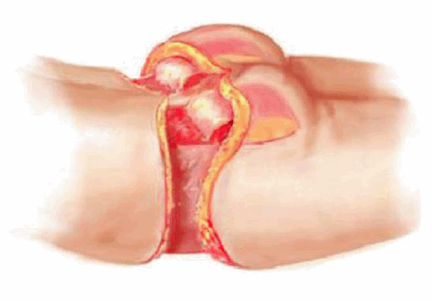Monday, October 4, 2010
18175
Autologous Buttock Augmentation with Split Gluteus Maximus Myocutaneous Flap
Background: Several flaps have been described to provide autologous augmentation to the gluteal area. After our original description of a dermal fat flap for buttock augmentation during lower body lift in 2005, the procedure has been refined considerably and performed in 150 cases both during lower body lifts and for isolated buttock augmentation. Unique to previously described flaps, the technique results in maximum projection of the buttocks at its mid-portion by rotating the flap caudally and anchoring it near the inferior gluteal crease. A decrease in fatty necrosis has been achieved by transitioning to a split gluteal musculocutaneous flap.
Methods: In a retrospective review from January 2004 to August 2009, 150 patients, aged 24 to 57 years, underwent autologous buttock augmentation. The first 100 patients underwent dermal fat flap augmentation created from the regularly excised supragluteal tissue (Fig 1). The flap is based randomly and relies on the numerous gluteal perforators. Throughout the experience the procedure was modified to result in higher efficiency. The last 50 patients patients of the series underwent an anatomically identical flap, but with incorporation of a split section of gluteus maximus muscle on the superior portion (Fig 2). Cadaver dissections were performed prior to transitioning to the split musculocutaneous flap. Patients were followed between 6 months and 4 years.
Results: Of the 150 patients, 20 patients had the buttock flap as an isolated buttock lift and augmentation, the remainder were performed in conjunction with a circumferential body lift to avoid a flattened buttock contour. The comparison between preoperative and postoperative pictures indicates improved buttock contour and maximum augmentation at the midlevel of the buttocks. Incorporation of the split gluteus maximus muscle facilitated the rotation of the flap caudally to reach the gluteal crease and increased the vascular supply to the flap. Ten percent of the patients had minor complications, which included small areas of delayed wound healing, and partial fat necrosis of the dermal flaps (less than 10% of the volume of flap). In the group with split musculocutaneous flaps there was no fatty necrosis. There were no major complications. Results were maintained over time.
Conclusions: This is a reliable, versatile, and efficient flap for autologous buttock augmentation. With recent modifications, the incidence of fatty necrosis has been substantially decreased.
Figure 1.

Figure 2.

